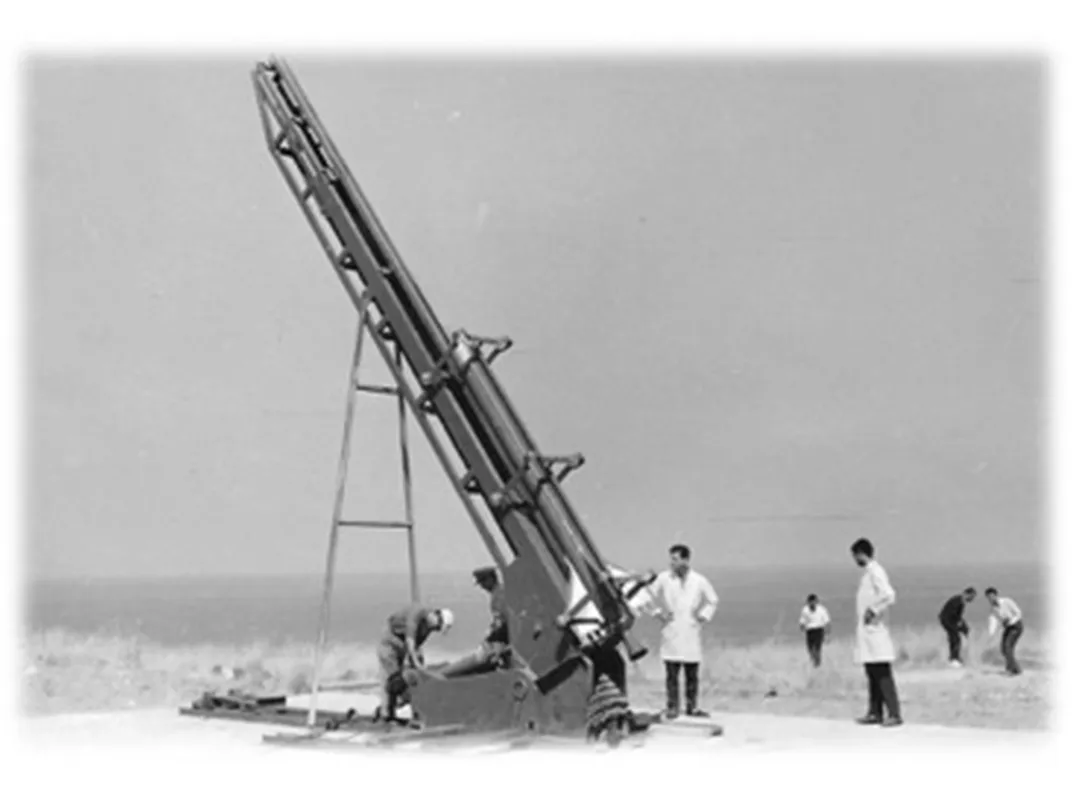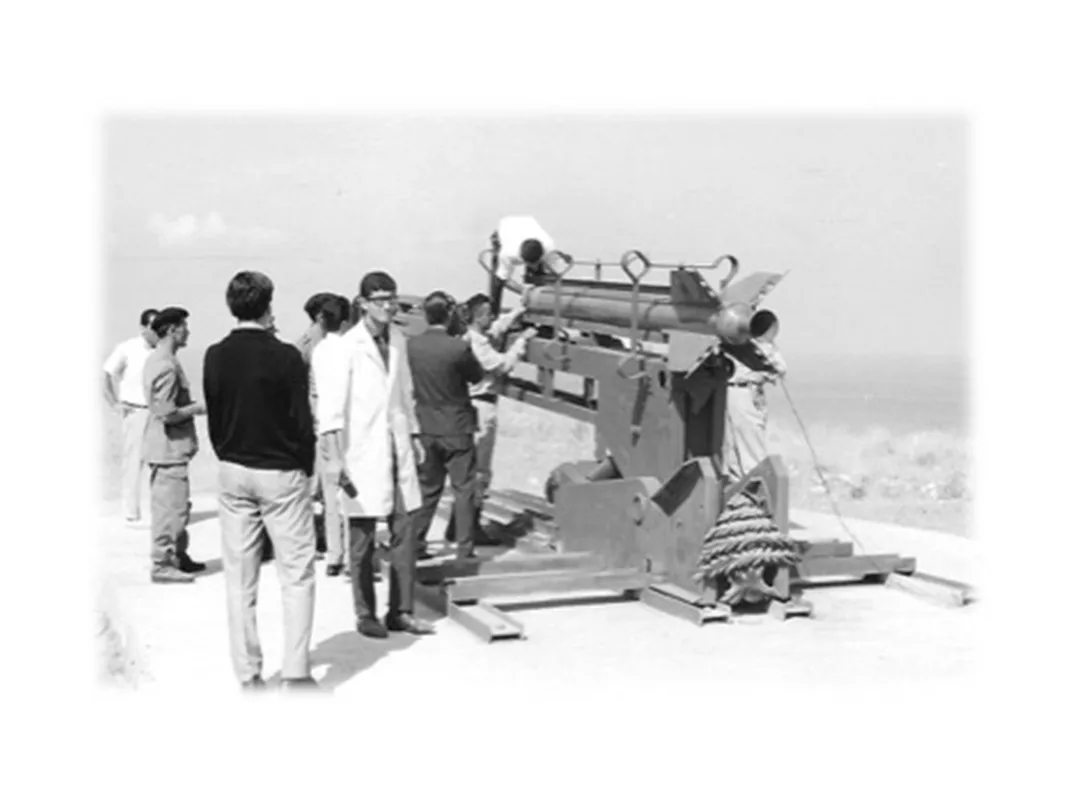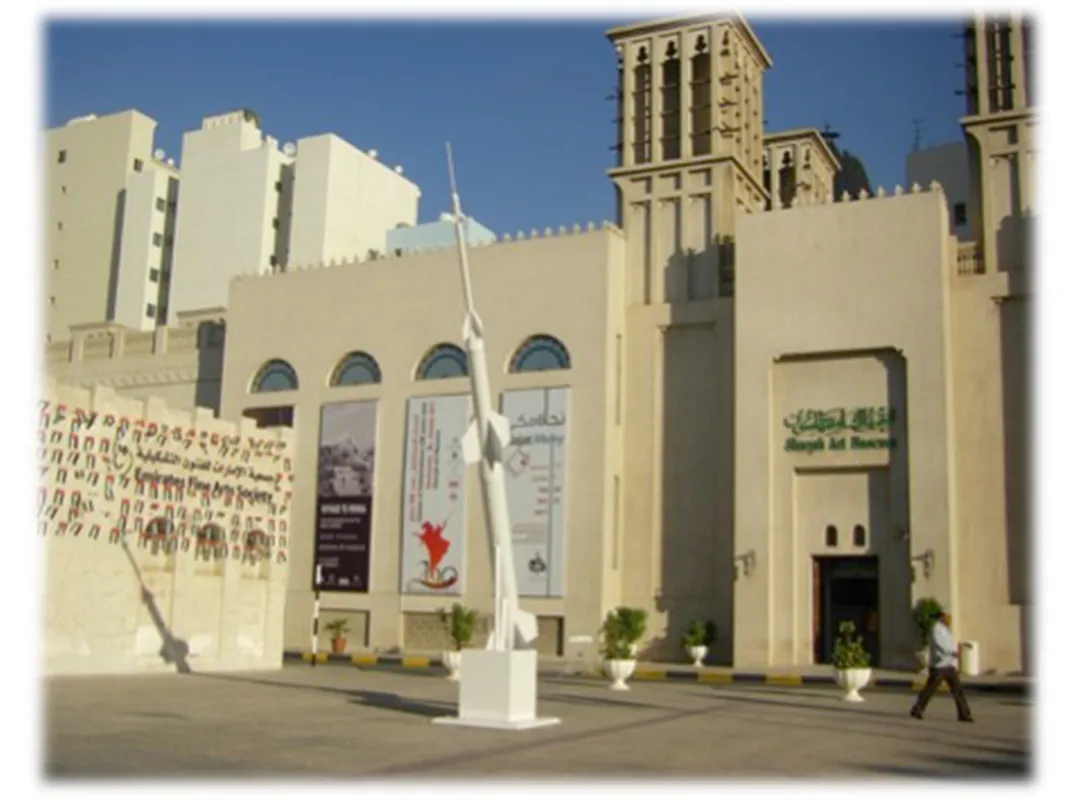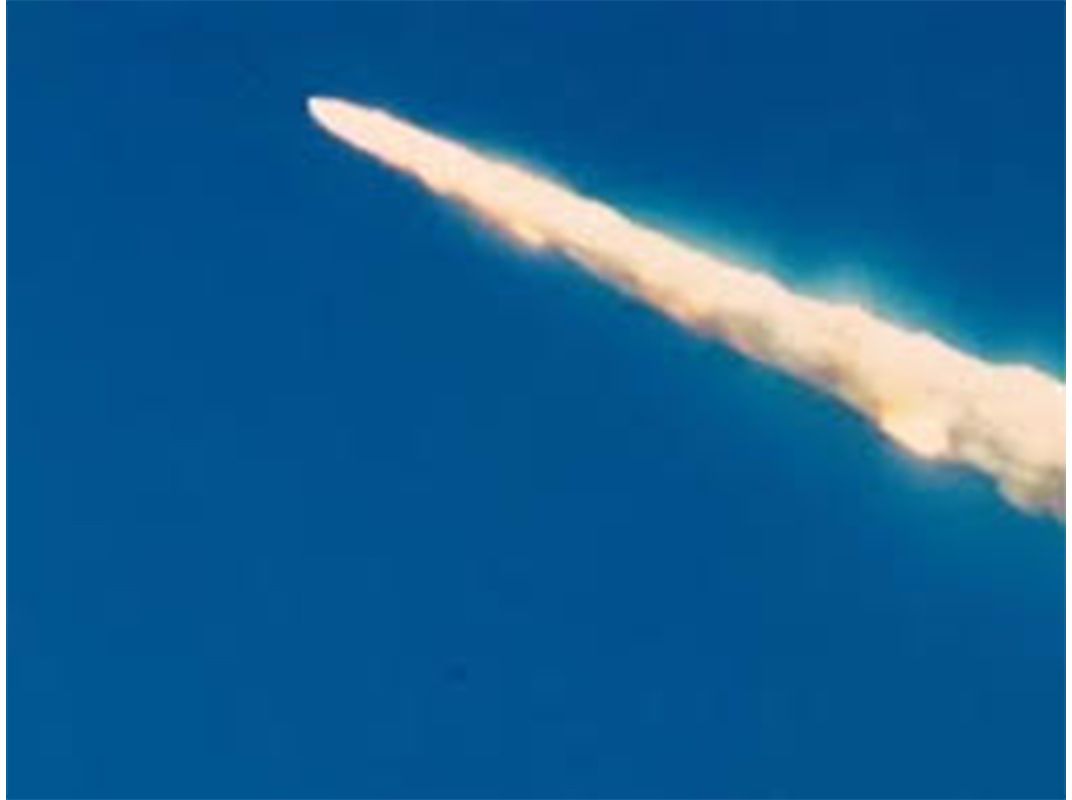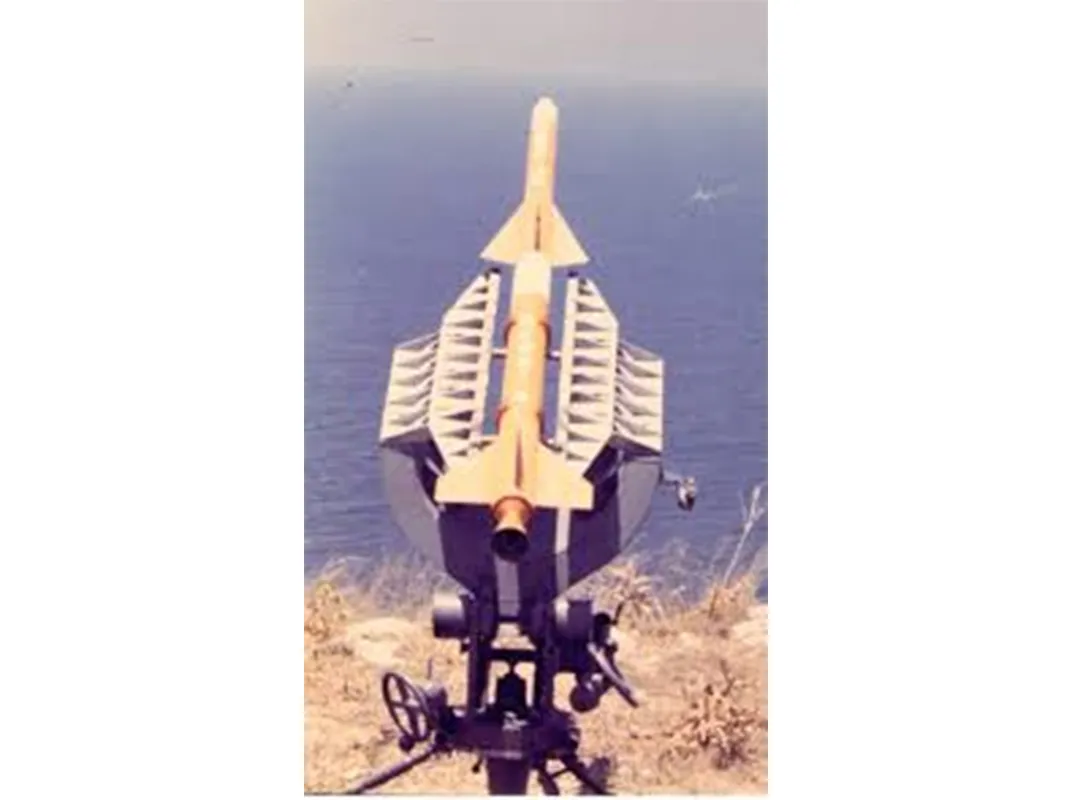The Bizarre Tale of the Middle East’s First Space Program
In Lebanon, reminders of what could have been still stand
/https://tf-cmsv2-smithsonianmag-media.s3.amazonaws.com/filer/60/26/60261898-dc93-40c2-b9e3-e5e6984321d1/3-wr.jpg)
After 15 years of ferocious urban combat, you don’t have to walk far in Beirut to see signs of the civil war that brought Lebanon to its knees from 1975 to 1990.
From the city’s predominantly Christian east to its mostly Muslim west, many high-rise buildings are still pockmarked with bullet holes. Even the soulless downtown district, now dotted with gleaming glass office blocks and patrolled by gun-toting soldiers, speaks to the magnitude of the destruction. The old town was almost completely flattened in the fighting.
And so for most of those who stumble on the five meter-long rocket that points skyward outside of a portiocoed mansion on one of Beirut’s most fashionable thoroughfares, it’s only natural to assume it’s a tasteless throwback to a time most Lebanese would prefer to forget.
“War, war, war, why must some people glorify it?” asked Michel Dagher, a retired jeweler, as he shuffled down Rue Hamra on a stiflingly hot July day.
But in a tale so improbable that many locals laugh disbelievingly when told, this projectile is no warhead-carrying instrument of death. It’s actually a tribute to the student space program that once placed this tiny Middle Eastern state, barely two million people strong at the time, at the forefront of extraterrestrial exploration. Aside from a few half-hearted Egyptian efforts in the late 1950s, Lebanon was the first Arab state to reach for the stars.
This mind-boggling feat first began in 1960 when Manoug Manougian, then 25 years old and recently arrived in Lebanon, took up a teaching post at Haigazian College, a small Armenian liberal arts institution steps from the prime minister's headquarters. As a young boy growing up in Jerusalem, the rocket-obsessed young boy had plenty of time to indulge his fancies as the Israeli-Palestinian conflict closed schools, leaving him free to delve into science fiction books. After later completing his undergraduate studies in Texas—and building his first mini-rockets while working a summer job in Ohio—he was now keen to pit his wits against the great space superpowers of the day.
“It was a time when the Soviet Union and the United States had locked horns for control of space," he says. "With this looming in the background, introducing rocketry-for-scientific-research as a tool in teaching the interconnectedness of mathematics, physics and the sciences made a lot of sense. I decided that the volatile political climate in the Middle East was not about to dampen our dreams.”
Taking charge of Haigazian’s Science Club in the fall semester of 1960, the young lecturer hastily tacked up notices on the student bulletin board that read: ‘Do You Want to be Part of the Haigazian College Rocket Society [HCRS]?’ As a university full of the descendants of survivors of the Armenian Genocide, it was renowned for its highly motivated student body and tendency to punch above its weight. Sure enough, seven undergraduates answered the initial call, and the makings of Lebanon’s space program were born.
Their early work provided few indications of the terrific advances that were to follow. Where the Soviets and Americans cumulatively spent over $30 billion on space projects in the 1960s, Manougian estimates that HCRS had to make do with less than $300,000 over the course of six years. Without access to proper testing facilities, they had no choice but to fire off their early prototypes from the family home of a society member in the Lebanese mountains—sometimes with perilous results. They came within feet of striking a Greek Orthodox church during one launch.
But as the students’ experiments progressed and the quality of their chemical propellants improved, their rockets began to gain serious altitude. By early 1961, Manougian and his team built rockets that could travel nearly two miles. A year later, Cedar 2 made it about 8.6 miles up. In a country unaccustomed to competing with the major powers, their successes were increasingly the talk of the town. “We were known as the rocket boys and treated as rock stars,” Manougian remembers.
It wasn’t, however, until the arrival of a Lebanese army contingent, which had been keeping a beady eye on proceedings for some time, that things really took off. With its newly acquired access to ballistic expertise and military proving grounds, the group, now rechristened the Lebanese Rocket Society to reflect its national aspirations, finally had the necessary tools to reach the thermosphere. In 1964, Cedars 6 and 7 blasted beyond 37 miles. Two years later in August 1966, Cedar 8 breached the Karman line over 62 miles above the Earth—the internationally accepted frontier of space—on its way to hitting a nearly 87-mile peak. A bevy of Haigazian undergraduates, marshaled by an almost equally youthful academic, had gone where only a handful of significantly larger and richer countries had been before.
But for Manougian and his students, success was tinged with grave uncertainties about the direction of a project that had begun as a purely peaceful endeavor and long since spiraled out of their control.
Already, they’d almost struck a British naval cruiser in the Mediterranean in 1966, as well as routinely upsetting the Cypriot authorities, who were unhappy at the volume of rockets strafing their territory. After the leader of another Arab country discreetly offered the team significant riches to continue their work in the service of his government (Manougian won’t say which one), the professor decided enough was enough. “Clearly, the implications were that we convert our scientific experimentation to a military one,” Manougian says. In Lebanon too, “the military’s interest in weaponizing the rockets made it clear to me that it was time to end the project and return to the US for further studies.”
As it was, regional developments were quickly catching up with the Rocket Society. Tensions between Israel and neighboring Egypt, Syria, Jordan and Lebanon were reaching a boiling point. By the time hostilities finally erupted in June 1967 (now known as the Six Day War), Manougian and some of his students had left Beirut, and the rocket program slumped into a dormancy from which it has yet to wake.
For Lebanese science—and perhaps Lebanon in general—this marked the beginning of an extended dip in fortunes. Rounds of conflict interspersed with periods of economic hardship have driven away much of the country's extraordinary pool of talent. Today, Lebanon’s population is estimated at around 4.5 million; the Lebanese diaspora, which is concentrated in South America and the U.S., is thought to number at least 10 million. Political paralysis has left the country without a president for more than two years now, and seemingly unable to stop the rot.
“So long as the climate continues to be one of violence and death, how do we expect to retain and attract scientific talent?” Manougian said when asked what it would take to stop the brain drain of Lebanon’s best and brightest.
The years following the dissolution of the Rocket Society were to coincide with the bleakest period in Haigazian's history. Its centrally placed campus, near the "green line" that marked the boundary between rival sides, was repeatedly damaged during the civil war, most devastatingly by a car bomb that detonated outside the front gate in the early 1980s. Following the death of a number of students, the university abandoned its main buildings and sought temporary quarters in a safer neighborhood in East Beirut. It only returned to its original location in the mid-1990s.
Though the Lebanese Rocket Society accrued plenty of plaudits at the time, its success was almost entirely forgotten until two filmmakers delved into the extraordinary saga, releasing a documentary in 2012. No one, it seems, had wanted anything to do with large projectiles or suspiciously violent-looking bits of equipment during the long civil war. The abrupt manner in which it all ended must have made it seem like a surreal fantasy amid the subsequent decades of turmoil.
“There was a whole period of war in Lebanon, so who wants to talk about rockets?” Paul Haidostian, Haigazian’s current president, tells Smithsonian.com. “Besides, the people who were involved all went abroad and stayed there.”
Manougian himself hasn’t returned to Beirut since the Rocket Society’s sudden demise. He’s taught at the University of South Florida (USF) for over 40 years now, where alongside his math and physics lectures he serves as a faculty advisor to USF’s own rocket society. SOAR, as it’s known, competes in NASA contests and is looking to launch its own satellite to study microbes in space.
Many of the former student rocketeers—and those they directly inspired—have also gone on to achieve great things in a range of professions. One became the director of NASA’s Herschel Science Center. Another, Hampar Karageozian, who lost an eye in a chemical explosion as he experimented with rocket propellants in the 1960s, has produced of dozens of groundbreaking ophthalmic drugs throughout his career.
Today, only the United Arab Emirates has made a recent regional commitment to aeronautics innovation that might one day match Lebanon’s half century-old advances. The U.A.E. signed a deal with the U.S. in June to collaborate on space research. Elsewhere, there are much more pressing problems to address.
Pushed often now to explain how he achieved such success while operating on a shoestring budget, Manougian suggests that much of it simply came down to being in the right place at the right time with a motivated and brilliant set of youngsters at his disposal. “As providence would have it, Haigazian College and Lebanon offered me a venue where my dreams of launching rockets and space exploration became a reality,” he says. “I was fortunate to find eager and passionate students to join the journey. We were dreamers."
